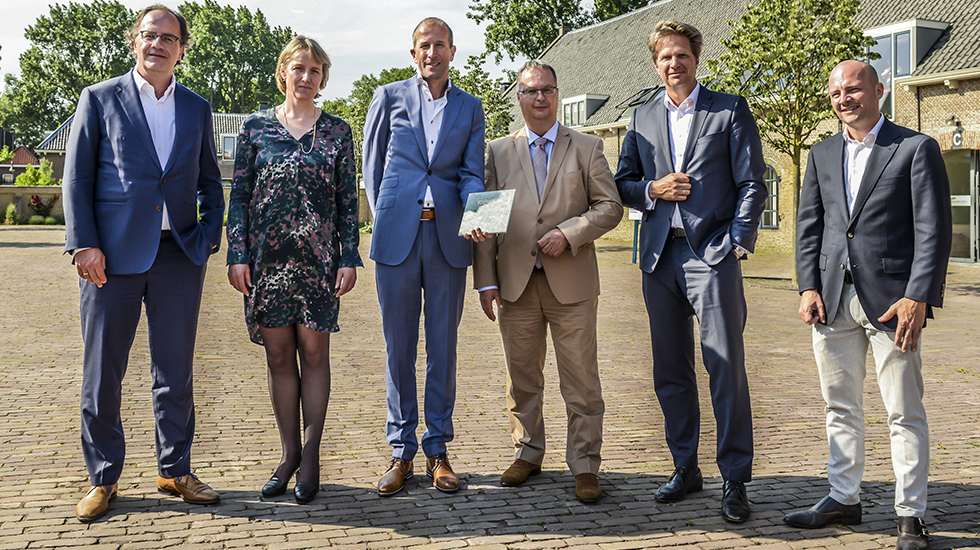Exasun to five-fold solar panel manufacturing in the Hague with new multi-million-euro investment
Founded in 2012, Exasun started the production of Back-Contact-on-Glass solar panels in The Hague in 2016, after four years of research and development. Local production in the Netherlands is made possible by automated manufacturing of its smaller solar panels, thereby minimizing transport-related CO2 emissions. As the first company in the world, Exasun combines the best cell technology – Back-Contact cells – with special components for an extensive life. In 2016, Exasun was the first manufacturer globally to bring its Back-Contact-on-Glass solar panels on the market. Thanks to the longer lifespan and higher yield of the Exasun panels, their costs of electricity (€ ct / kWh) are the lowest on the market.
Panels, tiles and roofs
Besides solar panels, Exasun makes solar roof tiles. These come in black and orange-red and can be installed between existing roof tiles, which is a quintessential characteristic of Dutch homes. Another product is an entire solar-panel roof, used in newly built homes. These are both more efficient and nicer-looking alternatives for traditional solar panels.
It took four to five years of research and development to get this head start, said Michiel. Now, Exasun will use the investment to introduce a fully automated production line later this year, with a five-fold increase in production capacity. Capacity will be scaled up further in 2019.
“We’re very enthusiastic,” said Mark Weustink, head of ING Sustainable Investments. “Exasun offers an aesthetically and economically attractive solution to putting homes and buildings in the Netherlands and Europe on more sustainable footing.”
“Exasun’s integrated PV-panels provide a perfect solution for the increasing demand for PV-technology within the built environment” says Nienke Vledder, fondsmanager of ENERGIIQ. The panels have a high yield, a longer life expectancy, have great aesthetics and an easy installation system. These advantages advance the adoption of sustainable solar energy induction, which fits perfectly within the objectives of ENERGIIQ.”
Source: Parts of this article were borrowed from an article in The Financial



